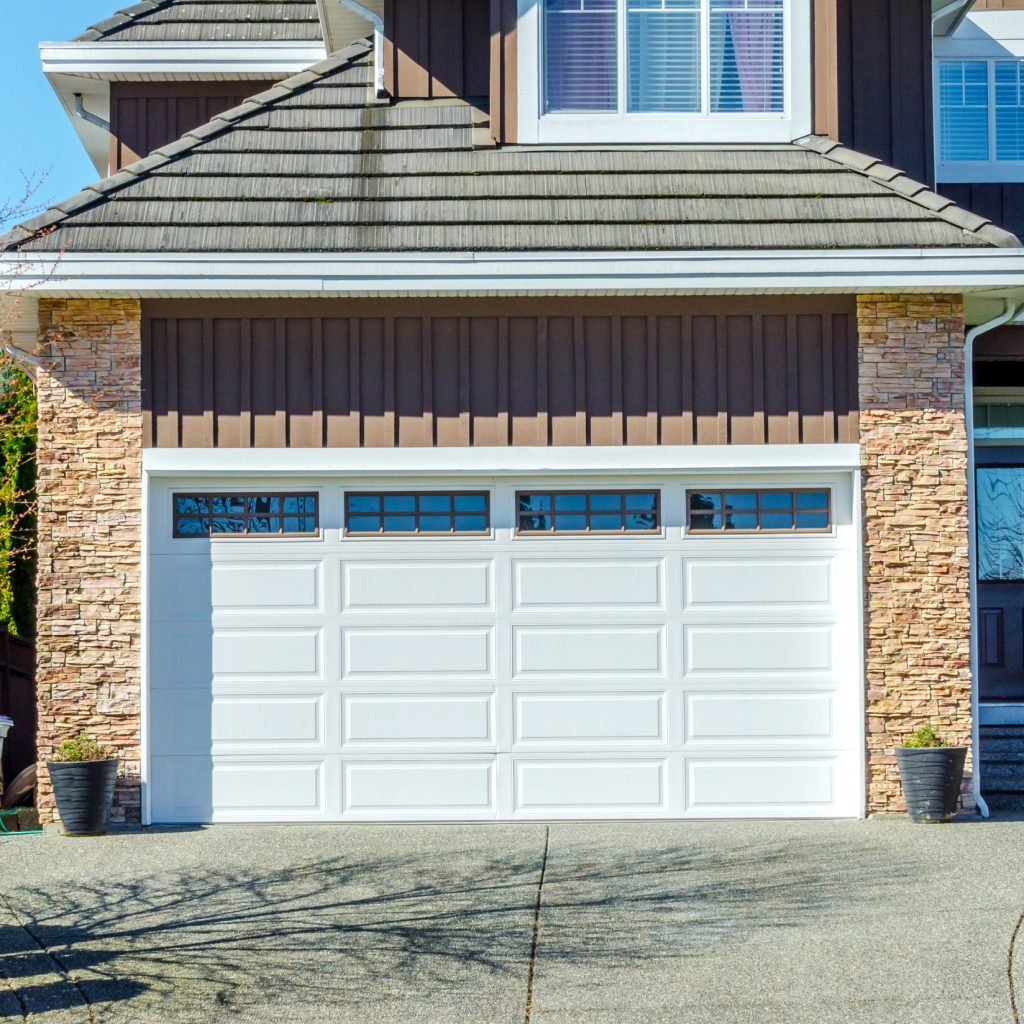
When searching for a new home, it’s wise to look beyond the list price and beware of falling in love too quickly. There are warning signs not to buy that house. You’ll likely need to pay for a few repairs before you move in. Additionally, the house may not be what it seems. Here are six warning signs that you should walk away.
1. No Inspection
Some owners choose to sell their home as-is and will not allow a home inspection. Chances are the house has significant problems and may be a more substantial home renovation project than anticipated. Without a home inspection, you won’t know if this home will be an investment or just a money pit.
2. The Smell Test
While you may not be a professional chef or taster with a remarkable sense of smell, you can use your olfactory senses when you tour a potential house. You want to look for whiffs of sewage, musty air, and even hints of smoke. These scents may indicate inadequate sewage piping, compromised walls or rugs, mold, and possibly pests.
On the other hand, if the property has a strong air freshener smell, you may want to be suspicious of the seller. The artificial perfume may be intended to cover an undesirable odor. For instance, a funny smell may mean the previous owner had too many cats that may have used the carpet instead of a litter box. That smell may mean that you need to completely rip up the carpet, deep clean, and replace. It’s better to err on the side of caution.
3. The Roof Is Falling Apart
While the interior of the house may be staged well, don’t forget to go outside and check the roof. You’ll want to evaluate how the roof was installed, any poor-quality or missing shingles, areas of dry rot, and if the gutters are functioning.
According to Home Advisor, a digital marketplace that connects homeowners with local service professionals, the national average to install a new roof is about $7,748. A quick assessment during the house tour can help you know whether to walk away or if you should negotiate a lower purchasing price.
4. Located in a Flood Zone
Homes next to a beach or lake are obviously at risk of flood. However, homes do not need to be near a large body of water to be in a flood zone.
The Federal Emergency Management Agency, or FEMA, has several different flood zone classifications and a map to see if the property is in a flood zone. For example, you may live in a hurricane-prone community or located on a flood plain where the layout routes water onto your land.
The cost of flood insurance is based on a few different factors, such as when the home was built, the number of floors, and the flood zone classification. If the property is in a flood zone, your mortgage company will likely require flood insurance. Get ready to walk away from this house or be sure to add this cost into your monthly budget.
5. Questionable Plumbing
Plumbing and water pressure are also potential deal-breakers. Plumbing problems may not be immediately evident. In addition to checking for water stains, taking note of sagging floors or ceilings, and the smell of mildew, there are a few other things you can do.
As you tour the house, test the faucets and flush the toilets. You’ll be able to see the water pressure, check for water discoloration or rust, and even identify any leaks.
Since significant repairs such as replumbing a house may cost you thousands of dollars, it may be better to move on and look for another home.
6. Compromised Foundation
Although it may be smart to get on your hands and knees to investigate the crawlspace of a potential house, you can also see signs of a bad foundation during a walkthrough. If you spot gaps around windows and doors, cracks in the drywall, cracks on the home’s exterior wall, or have difficulty shutting doors, the house may have a bad foundation.
Since the entire home rests on the foundation, you may be facing significant repairs or complete demolition.


